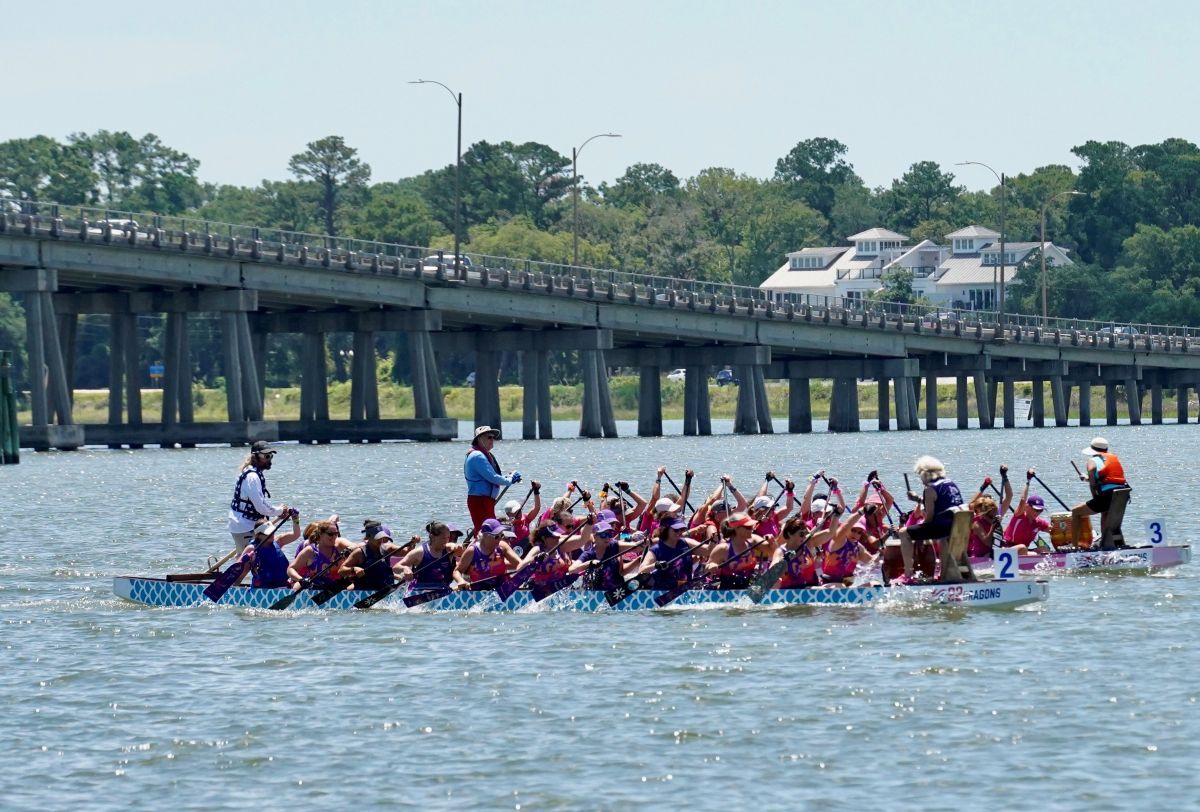By State Farm™
Swimming is a great activity. Not only are there lots of physical benefits, it’s also something the whole family can enjoy. But like a lot of things in life, it also comes with risk.
Drowning — according to the Centers for Disease Control and Prevention — is the second leading cause of unintentional injury death for children ages 1 to 14 years, and the fifth leading cause for people of all ages. So water safety should be a concern no matter where you and your family swim.
General Water Safety
Enroll children in swimming lessons at an early age. Risk of drowning is decreased by as much as 88% when children aged 1 to 4 years take swimming lessons. Adults can also benefit from refresher courses. Many cities have swimming lessons available through local parks and recreation programs as well as gyms with pools. You can also check with the Red Cross on registering for a swim class in your area.
Learn CPR. Cardiopulmonary Resuscitation (CPR) can mean the difference between life and death. Check with the Red Cross about registering for a CPR class in your area.
Use only U.S. Coast Guard approved life jackets. Young and inexperienced swimmers may want to use a life jacket. Do not use any sort of air-filled or foam toys. They are not designed to keep swimmers safe.
Children should always be supervised. Whether you’re in the backyard, a public pool, or at the beach, make sure there is a responsible, designated person to watch the water when children are swimming.
Swim with a buddy. It’s a best practice for swimmers of all ages, including adults.
Avoid alcohol. It impairs your judgment, balance, coordination, and your body’s ability to stay warm. Avoid it when swimming and supervising children.
Don’t hyperventilate. Swimmers should avoid hyperventilating — breathing faster and/or deeper — before swimming underwater or trying to hold their breath for long periods of time. This can cause them to pass out and drown. It is best to relax and breathe normally when swimming.
Enter the water feet-first. Serious injuries — including paralysis — can occur from diving headfirst into unknown water and hitting the bottom. Enter headfirst only when the area is clearly marked for diving and has no obstructions.
Test the water temperature before you get in. Jumping into cold water can shock your body and elevate your heart rate and blood pressure, and also slow your muscles, making it difficult to swim.
Have a phone handy. No matter where you are swimming, the ability to call 911 could be a lifesaver.
Swimming Pools
Secure with appropriate barriers. It is best to install a 4-foot or taller fence around backyard pools and use self-closing and self-latching gates that open away from the pool.
Consider safety alarms. If your house opens directly into the pool area, you may want to install a door alarm or self-closing door. Using a surface wave or underwater alarm will also give you added protection from accidental falls into the pool.
If a child is missing, always check the pool first. If a child has fallen into the pool, every second counts in preventing an accidental drowning.
Empty portable pools when not use. Children can drown in as little as one inch of water. Make sure all portable inflatable and baby pools are drained and put away immediately after use.






